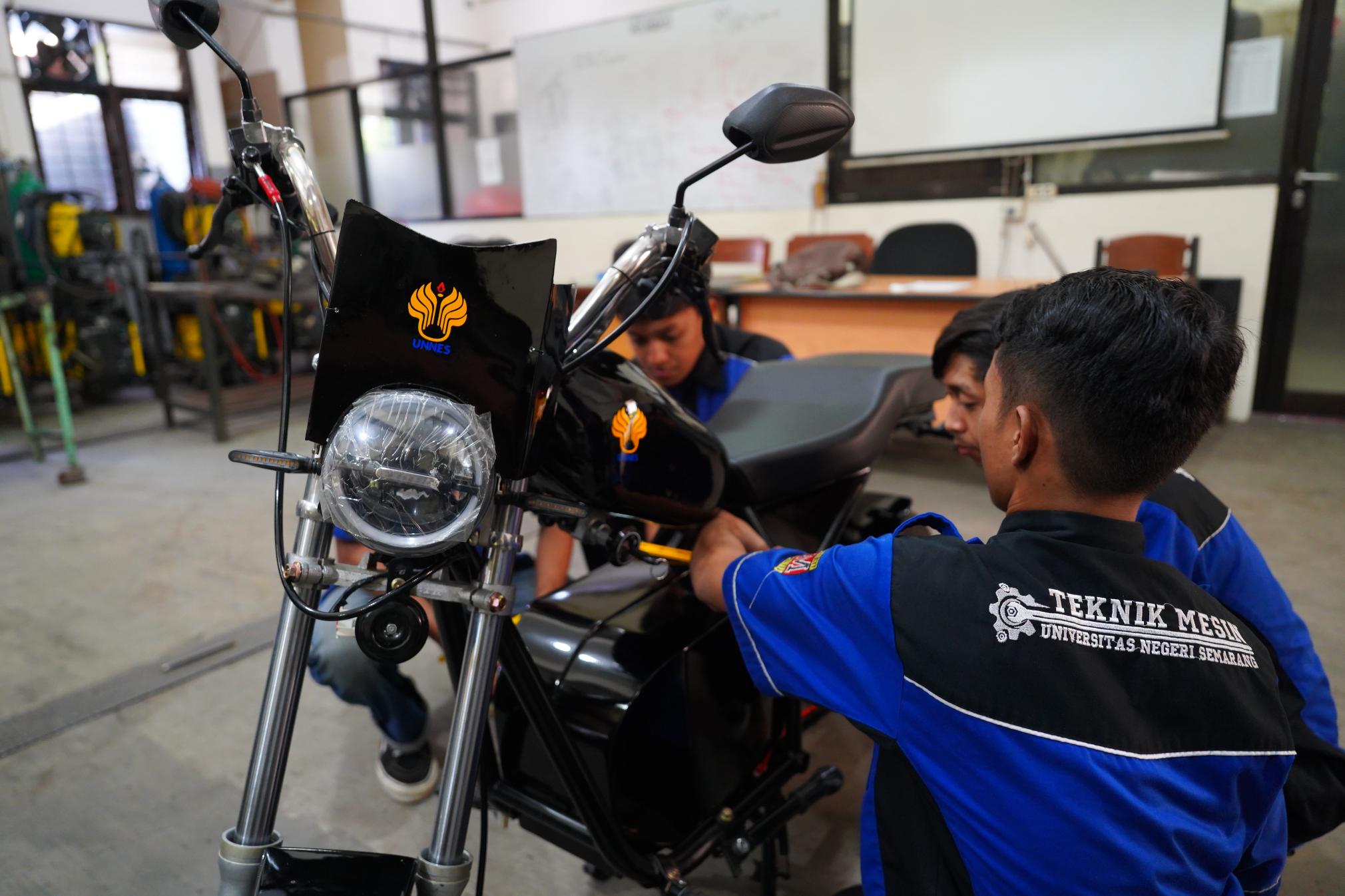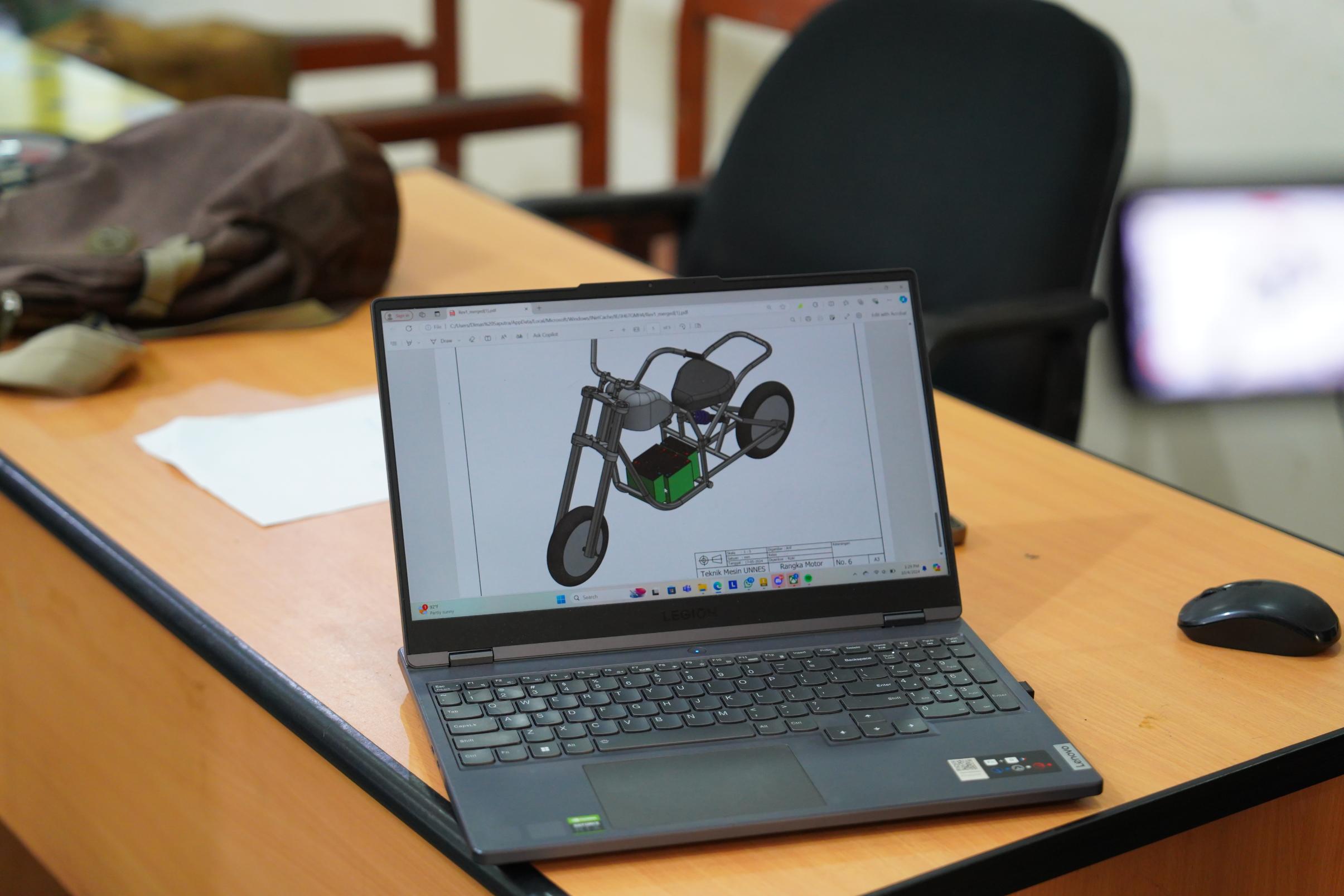Universitas Negeri Semarang (UNNES) has unveiled a locally developed electric motorcycle designed to advance Indonesia’s renewable energy and low-emission transport ambitions, as the country works toward cutting its dependence on fossil fuels and imported technologies.
The prototype, named Laplace, was created by the Faculty of Engineering to provide an affordable and energy-efficient alternative to petrol-powered motorcycles, which account for the bulk of Indonesia’s road traffic. The initiative supports the government’s broader agenda to achieve zero-emission transportation by 2060, alongside its commitment to increase renewable energy’s share in the national power mix to 23% by 2025.

“For too long, we have been users of imported technologies. It is now time for us to create homegrown innovations that serve our communities and support the government’s zero-emission agenda,” said Wirawan Sumbodo, Dean of the Faculty of Engineering, in an interview at the university’s Semarang campus.
Equipped with a 1.2 kW motor and a 60-volt battery with 1,200 Wh capacity, the Laplace can reach speeds of up to 60 km/h, carry a payload of 100 kg, and travel between 40 and 60 km per charge. Charging costs are estimated at IDR 10,000 ($0.60), significantly lower than gasoline expenses for the same range, which could reach IDR 48,000 ($2.90).

The project was developed over five months at a cost exceeding IDR 20 million ($1,220), with the frame, body, and components built from scratch by the research team. “This motorcycle is our initial prototype. We are currently working on a larger, high-performance version modeled after big bikes (moge),” said Hammam, who coordinated the project.
The launch comes as Indonesia intensifies efforts to decarbonise its transport sector, including subsidies for electric vehicle purchases, incentives for local manufacturing, and plans to expand charging infrastructure nationwide. The government is also promoting the use of renewable energy for EV charging, aiming to link transportation electrification with its wider energy transition strategy.
